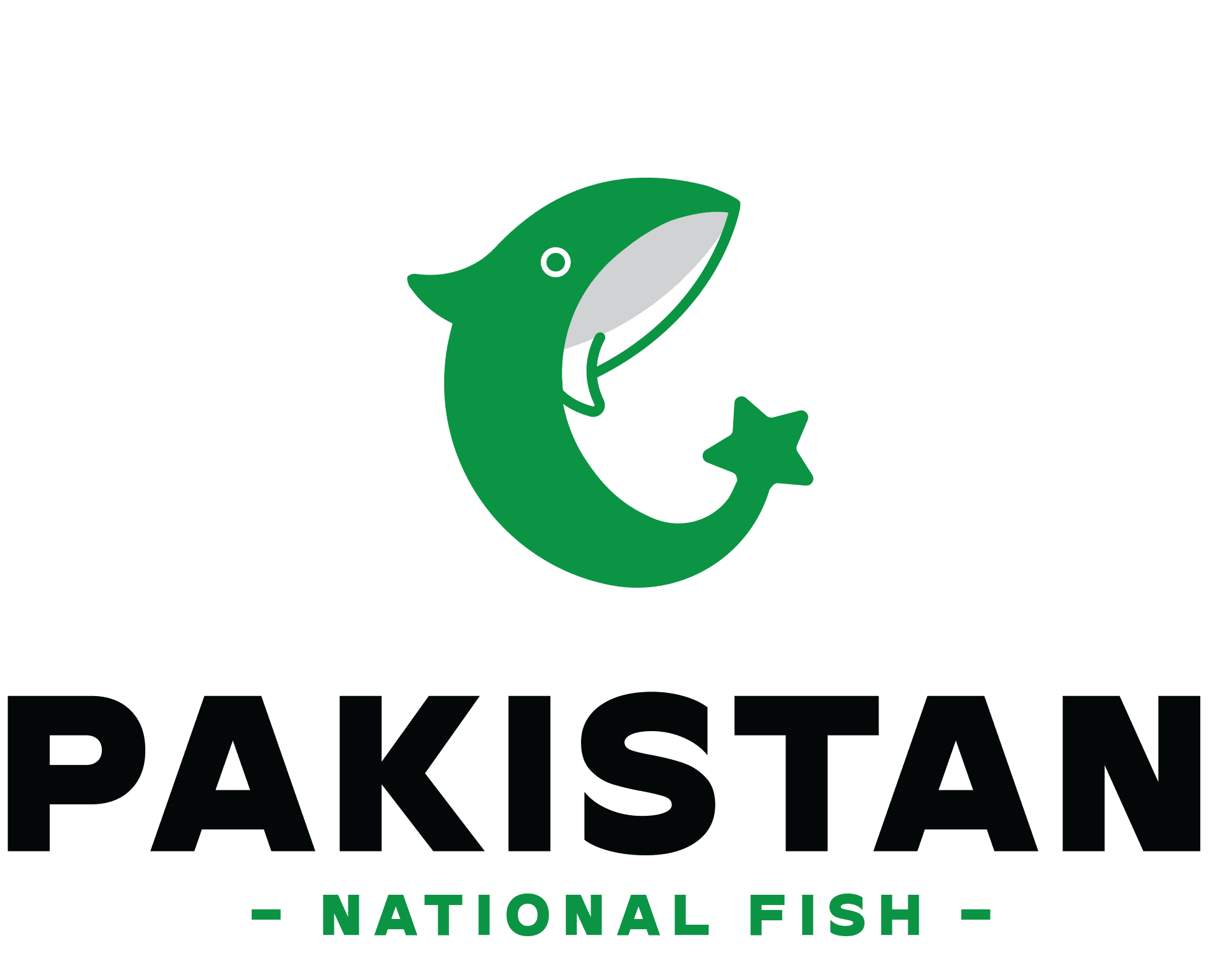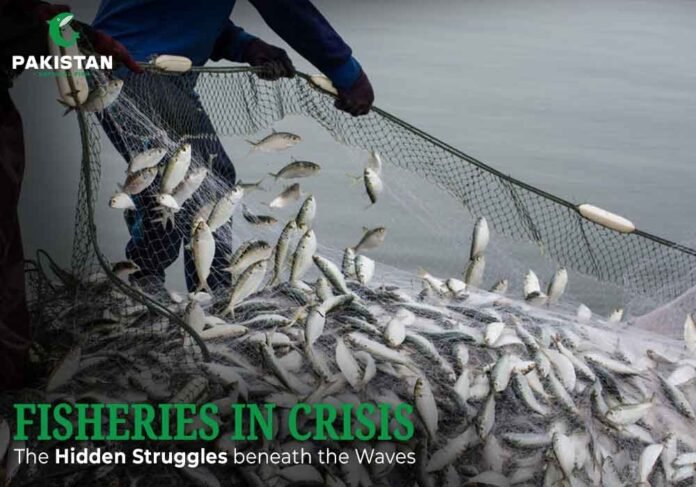The oceans have stories to tell about growing Fisheries issues—if only we’d listen.
From the dying coral reefs to the fishermen gazing out at blank nets at dawn, the world below the waves is in quiet crisis. Our fisheries and fish—once coastal economies’ lifeblood—are at a crossroads influenced by pollution, climate change, and antiquated technology.
This isn’t about fish alone; it’s about us—our plates, our tables, and the future of our planet.
Why Are Fisheries Facing So Many Problems Today?
Because the ocean doesn’t rest—but we’ve made it restless.
Fisheries around the world are facing unprecedented stress. Overfishing, climate shifts, and economic imbalance have all tangled into one messy net of issues in fisheries.
Here’s what the biggest “fishing problems” look like today:
- Rising sea temperatures moving fish away from traditional fishing grounds.
- Plastic waste suffocating coral reefs and spawning areas.
- Illegal fishing pushing smaller communities into poverty.
- Poor monitoring systems that can’t track what’s really happening underwater.
It’s not just science—it’s survival.
How Do Fisheries Issues Relate to Climate Change and Fish Populations?
Fish can’t pack up and move houses, but they can swim to cooler waters.
That’s what’s happening. Warmer oceans mean species like scale trout are migrating to new zones, confusing ecosystems and leaving local fishers with empty hooks.
Key insight:
A 1°C rise in sea temperature can reduce fish stocks by up to 20% in certain regions.
That means a fisherman in Bangladesh or Alaska might wake up tomorrow to a completely different ocean.
What Role Does Pollution Play in Declining Fisheries?
Imagine trying to breathe with a plastic bag over your face—that’s what aquatic life feels right now.
Pollution from factories, oil spills, and pesticides has turned once-rich habitats into toxic zones. Even our beautiful farm-raised trout are at risk when polluted runoff seeps into freshwater tanks.
Pollution doesn’t just kill fish—it kills trust in our food supply.
Why Outdated Technology Is Sinking the Industry
In an era of drones and AI, some fishing fleets still operate like it’s 1980.
Without the use of modern fishery management systems, most ships guess where to fish, wasting time and fuel.
Old tools = missed profits + harmed ecosystems.
If fisheries monitoring were smart, data-driven, and real-time, we could prevent overfishing before it occurs.
Monitoring of fisheries: A way to save our oceans
The power of technology can be seen here.
- The use of satellite data, underwater sensors, and artificial intelligence allows us to track fishing activities around the world.
As a result of modern fisheries monitoring, we can:
- The detection of illegal trawling.
- Monitor fish populations accurately.
- Support better fishery management decisions.
Think of it as “Google Maps for the ocean”—but with life-saving potential.
Can Better Fishery Management Fix the Problem?
Not alone—but it’s a start.
Management of fisheries in a smart way means:
- Limiting the amount of fish that can be caught sustainably.
- Regulations about fair trade must be enforced.
- Providing training and funding to local communities.
In a world where management and ethics are converging, sustainability becomes more than just a slogan.
Fishing Research: What Scientists Are Discovering
Recent fishing research paints a worrying picture but also a hopeful one.
Scientists studying scale trout and other migratory species note that early restoration efforts can reverse damage.
According to research:
- Restored mangroves increase fish populations by up to 50%.
- Marine protected areas improve biodiversity within 2–3 years.
We’re not out of time—just out of excuses.
Challenges of Sustainable Fishing Practices
“Catch less, earn more”—that’s the paradox of sustainable fishing.
Fishers must now balance today’s catch against tomorrow’s survival.
Among the largest challenges of sustainable fishing are:
- High operational costs for eco-friendly gear.
- Lack of education in coastal villages.
- Weak policy enforcement in developing nations.
Still, small changes—like selective nets and seasonal fishing—can make huge impacts.
Farm-Raised Trout vs. Wild: What’s the Future?
There are pros and cons to both.
Farm-raised trout is a reliable source of income and supply, but it raises questions about antibiotics and water use. Wild fishing helps preserve tradition, but it faces a decline in population.
Finding the middle ground might look like eco-certified aquaculture, where farms mimic nature rather than replace it.
Rainbow Trout in a Fish Tank—Symbol of Change or Confinement?
It’s more than just a pretty picture.
Our efforts to control the wild and free have been symbolized by rainbow trout in fish tanks. The controlled environment brings safety, but it also raises questions. Are we preserving nature, or are we enclosing it?
Perhaps the answer lies somewhere in the middle.
Key Facts You Should Know About the Fisheries Crisis
Global Reality Check:
- 90% of the world’s fisheries are fully exploited or overfished.
- Plastic waste kills over 100,000 marine animals each year.
- Ghost fishing gear (lost nets) can trap marine life for decades.
- Coastal fisheries support over 800 million people globally.
The fish may be silent, but their absence speaks volumes.
FAQs That Everyone’s Asking
The Tide Isn’t Done Turning…
The story of our oceans isn’t over—it’s just paused for a while.
As new innovations in fishing research and fishery management rise, hope floats. The next generation might just be able to restore what we nearly lost.
This blog will continue in our next deep dive—where we’ll explore “Emerging Technologies That Could Revolutionize the Fisheries Sector.” Stay hooked.


